Modern information flows are so diverse and often contradictory that it is almost impossible to determine who was the first to create a work and who only made a remix or wrote a story “based on motives”. The struggle for the right to be called “pioneers” has become a popular activity for many authors and their lawyers.
Sources of copyright are quite clearly regulated and defined. True, as in all legal norms, in order to understand the nuances, it will take more than one day.
Copyright Content
Actually, why do we need copyright? And what do they give the creator of the work? Non-property rights are as follows:
- recognition of authorship;
- use and permission to use created under a pseudonym or true name; sometimes anonymously;
- publication of a work;
- the inviolability of the work.
An essential point is the author’s right to recall his work. It implies that after permission to publish his creation, the author may change his mind and refuse. This rule does not apply to the creation of computer programs, parts of a composite work and official works.
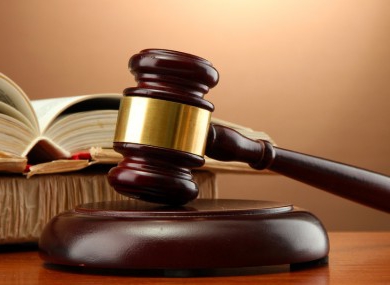
Definition
Actually, it can be argued that the protection of the rights of authors of works (literature, culture, art and science) is carried out by the civil law institute. The concept of copyright, its sources and the system of its protection is controlled precisely by civil law.
It would seem that there is no need to give a clear definition of copyright. Each person understands that the creator of a work is considered as its sole owner. After all, we don’t dispute Pushkin’s rights to the lines “The Lukomorye has a green oak, a golden chain on that oak ...”, and we know for sure that we quote Lermontov when we say in a conversation with a friend: “Tell me uncle, it’s not without reason ...” .
But in modern conditions, when books are co-authored, scientific discoveries are made by entire laboratories, and even institutes, there is a need to formulate the concept of copyright (its sources are very diverse). So, subjectively, we are talking about the right of the author (or copyright holder) to use a work of art or literature. Objectively, speaking of copyright, we mean a set of different rules that define and control the recognition of authorship and the protection of works. In addition, authors are endowed with property and non-property rights to their creations.
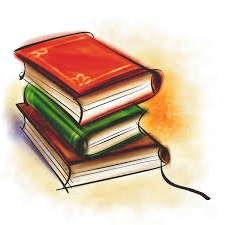
Presentation form
There are several conditions necessary for acknowledging the existence of copyright in something. A work of science, art, or literature must exist in an objective form. Sources of copyright can be represented as follows:
- in writing (manuscript or musical notation, for example);
- orally (publicly delivered speech, performed musical work);
- in the form of audio or video recordings;
- in the form of a spatial model (sculpture, model, construction, installation).
This is not a complete list of objective forms of existence of copyrighted works. Society is constantly evolving, and new forms of presentation of their work are emerging.
Another thing is that any materialization takes place at the expense of material carriers. The most common are paper, canvas, CD, etc.
What is creativity
The second most important condition that international copyright sources must meet is that newly created works are the result of creative activity. There is no clear definition of creative activity in legal terminology. It is assumed that if any thought process ends with the creation of a completely independent work, then this is called creativity.
True, we distinguish between types of creativity and their features. So, literary activity presupposes the presence of novelty and originality of a work. In legal practice, arbitration proceedings are more common with respect to the originality of the written than about the establishment of authorship.
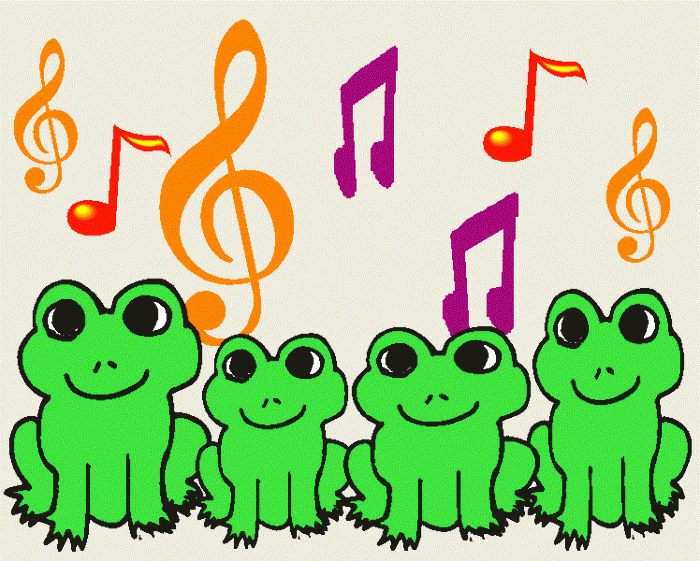
Clause 1 of Article 1259 of the Civil Code lists the most common sources of copyright in the Russian Federation. In particular, highlighted:
- literary works;
- theatrical productions (scripts, music, choreography, pantomime, etc.);
- audiovisual recordings;
- fine art and sculpture (including comics and graphic narratives);
- objects of arts and crafts;
- projects and their implementation in the field of architecture, urban planning, landscape design;
- Photo;
- geological surveys and geographical discoveries (materialized in the form of maps).
It should be remembered that copyright arises regardless of the announcement of its availability. From the moment of the first public display (performance, publication), we have been talking about the publication of a work of literature or art, and, accordingly, about the availability of rights to operate it.
Compound and derivative works
The system of copyright sources also considers such a concept as derivative works. Derivatives are considered independent, but interconnected (and, of course, with the main) works. The most common forms are translations, annotations, arrangements and dramas.
As for composite works, they recognized all kinds of collections and almanacs, dictionaries and encyclopedias, anthologies and databases. Summarizing, it can be argued that a composite work is the creative work of one or more people in the selection and systematization of any materials.
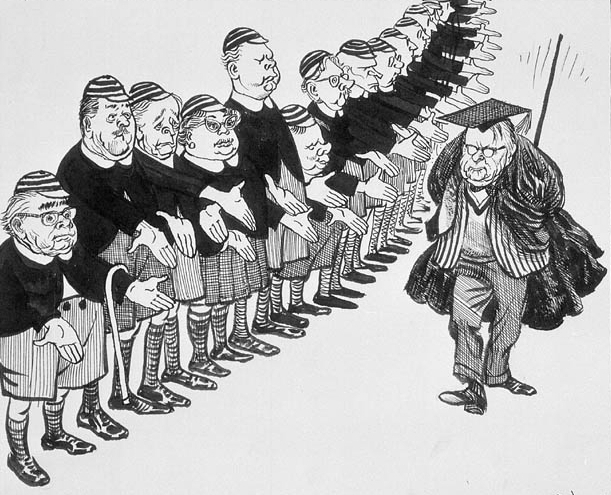
What is not covered by copyright
It should be remembered that official documents and state symbols (not only the emblem and flag, but also banknotes, awards, etc.) are not considered as sources of copyright. The same statement applies to works of folk art, information messages about events, etc. (Section 6, Article 1259 of the Civil Code of the Russian Federation).
In addition, in paragraph 5 of Art. 1259 of the Civil Code of the Russian Federation states that ideas, principles, methods, concepts and scientific discoveries and facts also cannot be regarded as sources of copyright. This is necessary to understand that the object of copyright is the form of the work and its elements. Content elements - plot, subject matter - cannot claim any special rights. The importance of this postulate is that the author is not the sole owner of the plot of the work or its theme. Other authors may well work on the same topic so that the world recognizes the variety of possible scenarios.
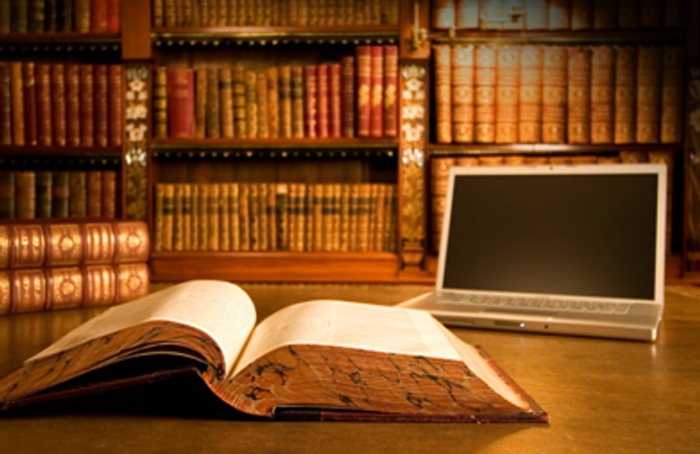
Copyright geography
Of course, copyright does not apply to “all white light”. The protection of works of art and literature depends on the citizenship of the author and the place of publication of the work itself.
According to Art. 1256 of the Civil Code of the Russian Federation, sources of copyright are all works that are located in Russia. In this case, the citizenship of the author or his successors does not matter. Just as it does not matter the publication of the work.
If the works are located outside the borders of the Russian Federation, then the rights to them are recognized only by the authors - citizens of Russia.For all other citizens of the world, there are bilateral interstate treaties on the protection of intellectual property. But it is worth knowing that if, within a calendar month after the publication of a work abroad, a publication or public appearance appears in Russia, then the author will recognize intellectual property rights in the Russian Federation.
EU copyright sources, for example, are completely similar to Russian ones. Therefore, almost all EU countries have agreements on the establishment of a national legal regime with respect to copyright.
Subjects
All independent authors or their groups (co-authors), as well as their successors are subjects of copyright. In addition, all individuals and legal entities that have obtained the right to inherit works of art legally are recognized as subjects.
Sources of copyright in Ukraine, as in most other countries, do not require registration or registration. It is assumed that the very fact of creating a work is the basis for the creation of copyright. But no one will object if the author voluntarily registers his work in a notary's office. Often this greatly simplifies disputes arising. In addition to a notary public, you can contact the Russian Authors Society or a public organization providing such services.
Compound works and copyrights
Authors of collections also have rights to their work. In this case, this is the arrangement of information in accordance with the specific logic of the creator. According to paragraph 2 of Art. 1260 of the Civil Code of the Russian Federation, compilers exercise their rights subject to the observance by them of the rights of the authors of certain parts of the collection. These authors themselves can use the fruits of their labors independently; however, only if it is not stipulated by the special conditions of the contract.
It is worth noting that any other compiler has the right to use the same information and arrange it in accordance with other principles. In this case, no copyrights will be violated.
Sources of copyright and related rights also involve the publication of encyclopedias, dictionaries, periodical thematic collections, newspapers, magazines, etc. The publishing house owns all exclusive rights to use such works (Section 7, Article 1260). Moreover, the authors of individual independent works that make up these encyclopedias (dictionaries) can use their works independently of anyone.
Derivative Works and Copyright
Authors of any derivative works (translations, arrangements, scripts, etc.) have the right to protect intellectual property. This applies only to the fruits of their activities. In this case, the rights of the author of the original work must be respected.
By analogy with composite works, the presence of one translation (alteration) of a work does not prevent other specialists from engaging in the same activity. We are pleased to read the translations of Shakespeare's sonnets, made by both Marshak and Pasternak. Only the original work wins from this.
Copyright and Drama
As in the whole world, the sources of copyright in Belarus include the creation of an audiovisual work. Another thing is that there are quite a lot of authors for such a work: screenwriter, composer, stage director, etc.
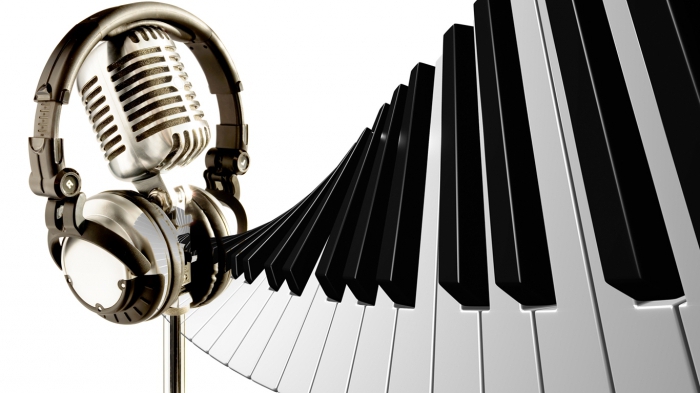
If such a work is created to order, the conclusion of the contract most often entails the transfer of all rights to the producer. By all rights here is meant not only the creation, but also reproduction, and relaying, and duplication (including subtitling) of a work. The producer (it is designated in the contracts as "performer") is not obliged, but can indicate his name (or the name of the legal entity) in all information messages related to the work.This applies even to publications in periodicals and advertising.
Copyright mark
The icon in the form of the Latin letter "C" enclosed in a circle is familiar to everyone ("© Copyright"). It can, but is not required to use, the holder of exclusive rights to the work.
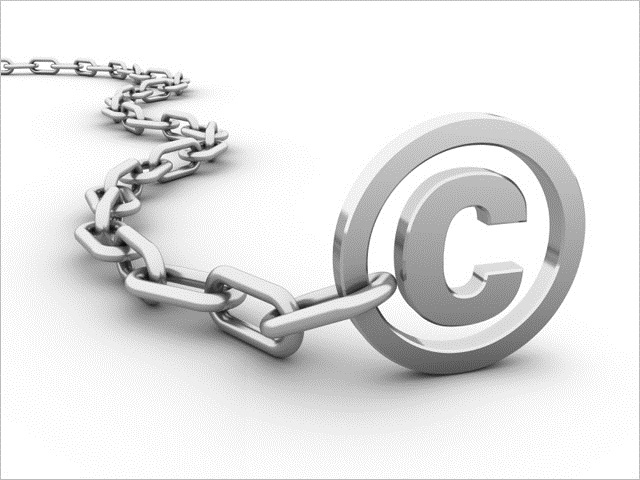
By itself, this icon only notifies readers (most often we come across it on the cover pages of books) about the existence of the copyright holder and the date of the first publication of the work. It is this information that is indicated after the copyright symbol.